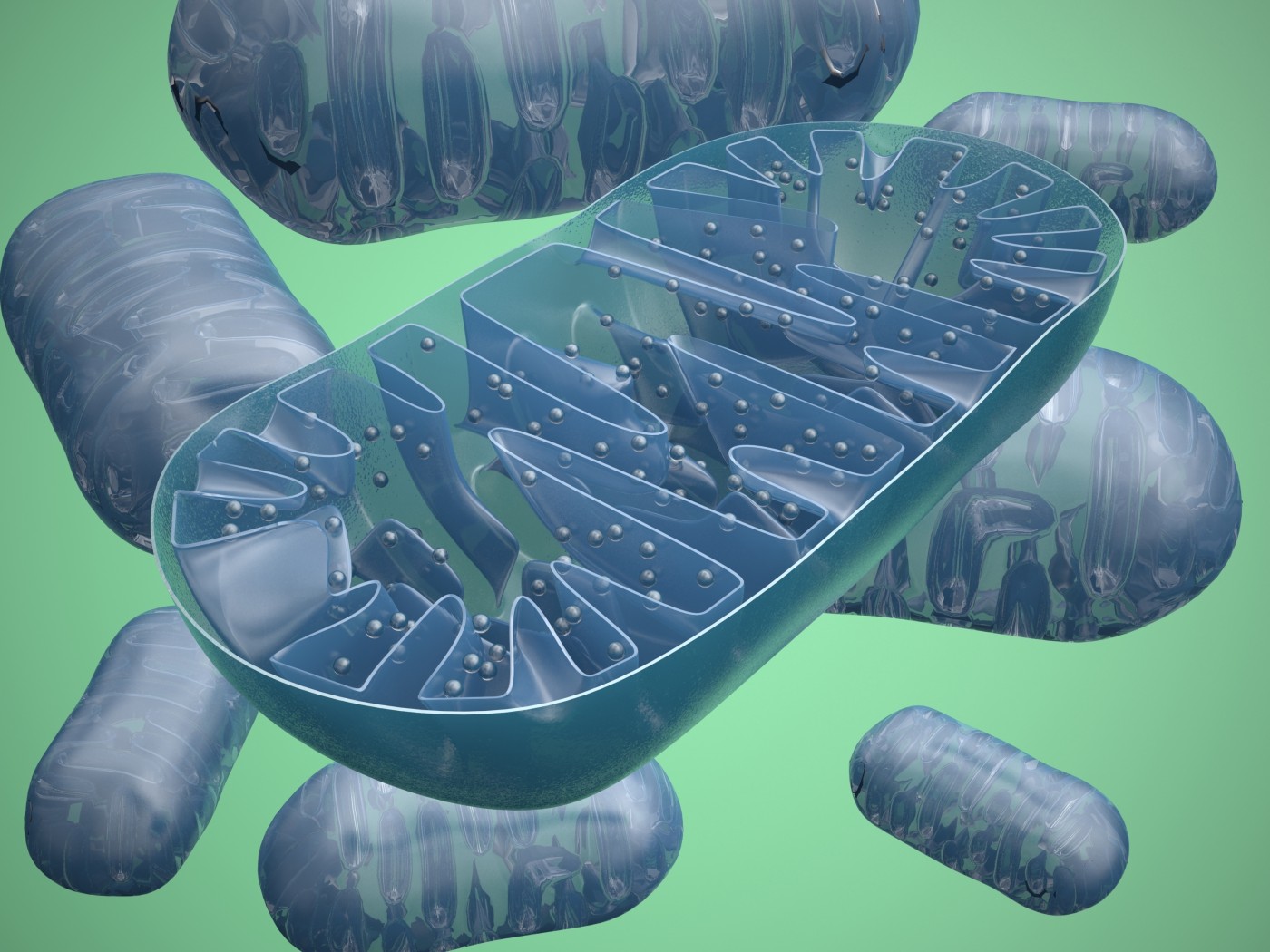Mitochondria Calcium Uptake Found to Be Regulated by MCUR1 Protein

Researchers observed in action a key player in mitochondria calcium uptake, shedding new light on the mechanisms underlying deregulated mitochondrial diseases. The study, “MCUR1 Is a Scaffold Factor for the MCU Complex Function and Promotes Mitochondrial Bioenergetics,” was published in the journal Cell Reports.
Mitochondria, the cells’ power houses responsible for generating the energy cells need to work, also carry other vital functions, including protecting cells against calcium overload — a condition leading to cell death in cardiovascular and neurodegenerative diseases.
Researchers at the Lewis Katz School of Medicine at Temple University (LKSOM) showed how the mitochondrial Ca2+ uniporter (MCU) exerts its protective role. Specifically, the team described how the MCU protein complex is assembled to effect calcium uptake.
“Mitochondria take up calcium in the cell through the uniporter. This process is essential for cell survival. When mitochondrial calcium uptake fails, an intracellular degradation process known as autophagy is initiated,” Muniswamy Madesh, PhD, the study’s lead author and an associate professor in the Center for Translational Research and the Department of Medical Genetics and Molecular Biochemistry at LKSOM, said in a press release.
Researchers found that the uniporter regulator, MCUR1, binds to MCU and the essential MCU regulator (EMRE). MCUR1 is thus an essential factor coordinating the action of both MCU and EMRE, which work together to protect cells from calcium overload. The fundamental role of MCUR1 in vivo was shown in mice lacking MCUR1: they exhibited impaired calcium uptake by mitochondria, leading to an energetic crisis because their mitochondria produced less energy.
“MCUR1 functions as a choreographer, bringing together the structural components of the MCU complex. This role for MCUR1 likely has important implications for improving our understanding of diseases in which mitochondrial dysfunction is a central feature,” Dr. Madesh added.
Calcium overload and mitochondrial malfunction are known causes of cell damage during heart attacks and strokes, and also contribute to cell injury in neurodegenerative diseases. Currently unknown is how mutations affecting MCUR1 function impact the impaired mitochondria phenotype characteristic of these diseases.
Since mutations in MCUR1/MCU binding regions affect MCU complex assembly, Dr. Madesh and his team are particularly interested in the effects of small-molecule activation of MCUR1, and whether they are capable of restoring MCU complex assembly even in the presence of mutations.
But, as Dr. Madesh noted, “Fine-tuning the level of MCUR1 activity will be key. Mitochondrial calcium uptake is essential, but inducing calcium overload in the organelles can have drastic consequences for cell function and survival.”






